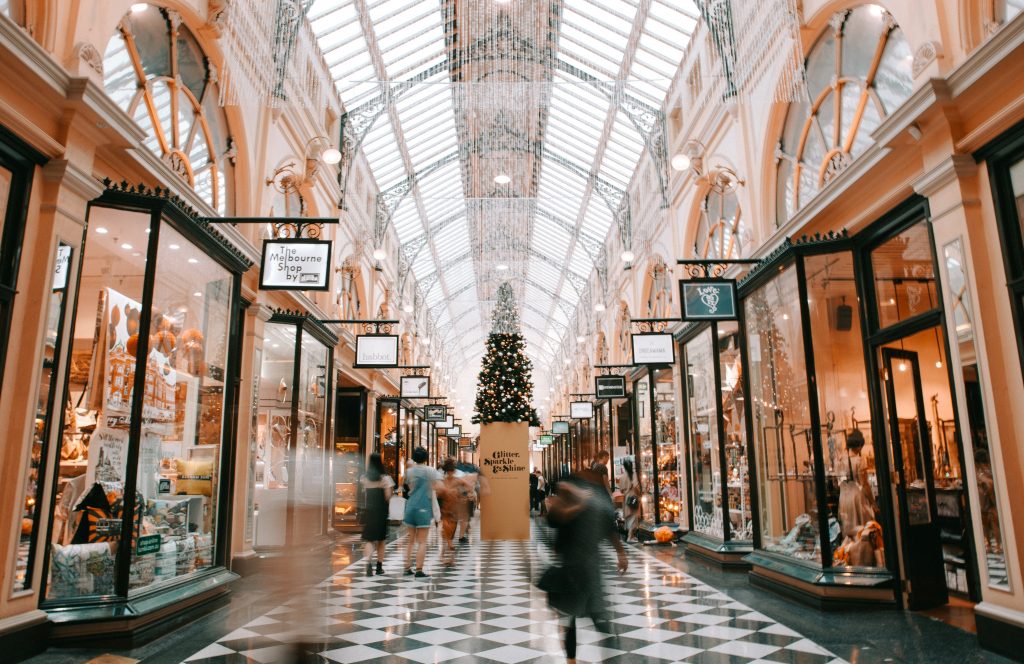You may or may not have heard of scent marketing and this may surprise you – scent marketing has actually been around for thousands of years, since ancient Egypt or perhaps even earlier. However, it wasn’t till the 90s when the first study about scent marketing was conducted.
Scent marketing is a strategic sensory marketing technique specifically targeting the customer’s olfactory receptors, or in other words, their sense of smell. You may not think much of it. However, the importance of scent is just as important as making a first impression. You only get a split second to make a good one.

How does it work, you wonder? Scents stimulate the limbic system, the part of our brain that processes emotions and memories. Studies have found a strong connection between smell and memory. Scent related memory is much easier to recall, and often the recollection of the memory is relived vividly.
Now ponder about these two situations for a moment and try to recall if it’s happened to you in the past:
Situation #1 – You had no intentions of visiting the shop but as you walk pass, the scent pulls you in. You end up visiting and may even have enjoyed yourself.
Situation #2 – You either walk away or take the risk of visiting a shop that had a scent that was either unpleasant or wasn’t compatible with your preference of smell. When you took the risk, you ended up having an unfavorable experience.
This is why brands and retail spaces put in a lot of effort to create the perfect ambience so it attracts potential customers to visit their shops, ensure that their customers have a good time during their visit, and if they do, they will remember the place and keep coming back for more.
There are various factors in creating the desirable environment such as location, customer service, interior and exterior design and decor, lighting and of course, the smell. When a brand invests correctly in scent marketing, they can expect at least a 10% increment in store sales and customer’s satisfactory scores.
Scent marketing done right helps to create a likeable and trusted brand identity that leads to loyal, regular and returning customers that will remember them and recommend them, bringing in more new customers. This will undoubtedly expand the brand’s growth, fame and status.
Here are a few examples of different scents used for different situations or places:
- Coffee’s sharp and invigorating aroma is very energizing to senses. It’s perfect for Monday blues or for any day where you need a pick me up. You can often find this scent in bakeries, cafes and gas stations.
- The warmth and sweetness of cinnamon exudes this feeling of getting wrapped up nice and snugly in a blanket. You will also find this a common scent in bakeries and cafes.
- Vanilla is known to have a strong, sweet and rich scent that is liked by majority of people. It is not only effective in attracting customers, especially those with sweet tooth, but it is also an effective mood enhancer.
- Lavender is known to be very calming and healing, and its scent is not overpowering either. This makes it a popular choice among healthcare facilities to induce relaxation for its patients.
- Jasmine is a popular choice for fashion and jewellery outlets, especially the higher end ones. The exotic scent embodies this rich, luxurious and uplifting feel which has a positive influence on customers.
The human body is truly a work of wonders, isn’t it? Now before you jump the gun, it is important to remember not to overuse and abuse scent marketing. When you overdo on the scents, instead of attracting customers, it’s going to backfire on you and repel the customers instead.